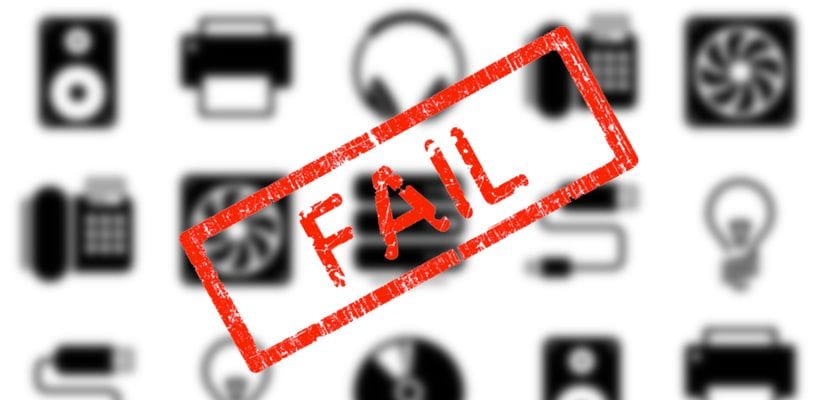
Technology is very capricious, especially if we take into account that those who design and manufacture it are not usually ordinary users, but great experts in engineering and technology. That's why hhey in Actualidad Gadget We are going to give an interesting review of the gadgets destined to fail during this last year.
A review of great devices and others not so great, the truly worst manufactured by all companies, from Apple to Samsung, we have a bit of everything. If you want to know what gadgets are born to fail, don't miss our very interesting article today.
3D content, television does not take off

For a long time given the publicity that we were used to seeing, it seemed that a television with 3D capabilities was going to be indispensable in any home. So much so that companies invested a lot of money in developing Active 3D and Passive 3D technologies for our entertainment centers. However, they came across the harsh reality, and that is the vast majority of people did not like consuming 3D content, not in movie theaters, much less in their homes, despite the alliances between manufacturers and audiovisual producers. These conclusions have been analogous to both consoles such as the Nintendo 3DS and 3D phones.
In a short time, content shortages and vendor neglect have made it virtually impossible to find TVs with 3D capabilities on the shelves of major retail stores. Really introducing the 3D in a television was expensive and the result was not the ideal one, added to the fact that the majority of users were not willing to purchase devices to reproduce this type of content, or simply did not prefer to view audiovisual content with those characteristics. For all this, 3D TV television has become a failure since its launch, until its almost confirmed death.
iPad Pro 12,9 ″, perhaps too large
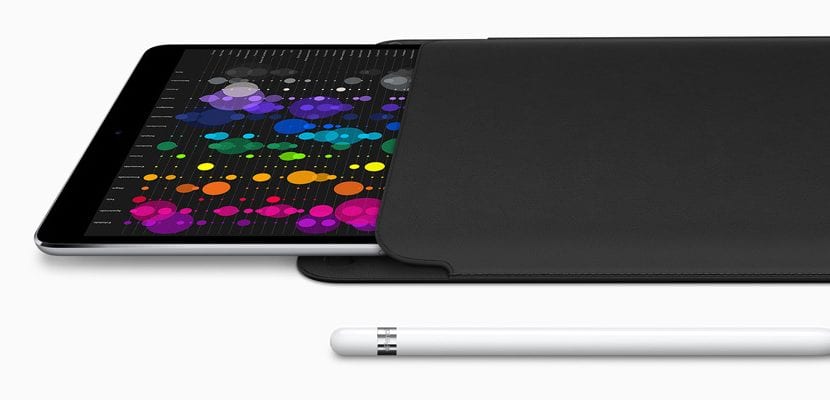
At the end of 2015 the Cupertino company (Apple) surprised us with the launch of the largest iPad seen so far, so much so that this tablet it far exceeded the panel offered by the firm on its MacBook and the small MacBook Air range. With this came a tablet with mobile capabilities, a mobile processor, a GPU adapted to its (mobile) operating system. In short, we were facing a monstrous iPad, and like everything that has the screen-printed apple, it suffered from a small problem.
That little problem could not be other than the price. Currently the entry model of the 12,9-inch iPad Pro for 64GB of storage is no less than 902,91 euros ... and what is the problem? Well, for just two hundred euros more you are already facing a MacBook Air with 8GB of RAM, with an Intel i5 processor and 128GB of total storage. This is how the device has become a regular of famous athletes such as ludo board (see Instagram by Neymar Jr.) but you will hardly find one of these big guys down the street.
Juicero, the 700 euro juice dispenser
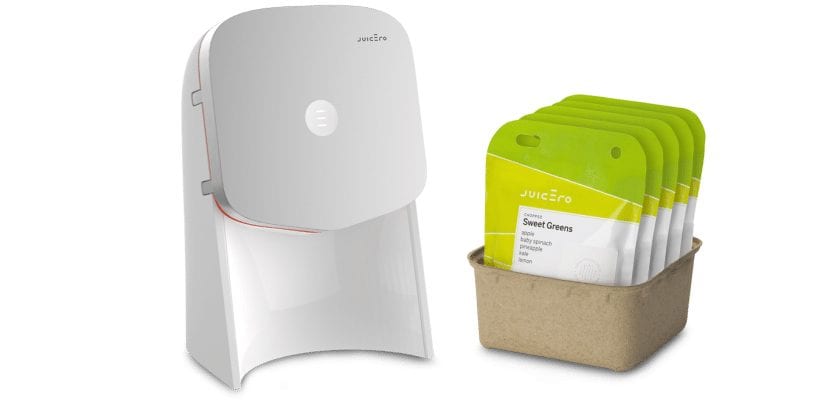
Three years ago, a device was presented that came to solve the health problems of half the United States. We are in the era of more healthy than ever, and no one like the CEO of Juicero to know how to exploit this weakness. This start-up marketed a hugely expensive "juicer" and with a technological system inside that seemed to have forgotten its reason for being, in fact it did practically everything except juicing.
That's how it was born a device that for 700 euros squeezed some bags of juice already squeezed, which later from Bloomberg they would discover that they could be pressed in much less time with their own hands. Hundreds of investors left more than 80 million euros (from Alphabet to Artis Ventures) on a product that was pure marketing, and worst of all, that it could actually be made for a lot less money. A few days ago, Juicero announced its final bankruptcy, although we imagine that its CEO, an ex-American soldier aware of the summer world. Now their pockets are heavier than ever, and many users have precious but useless juicers in the kitchen.
The Galaxy Note 7 engulfed in flames
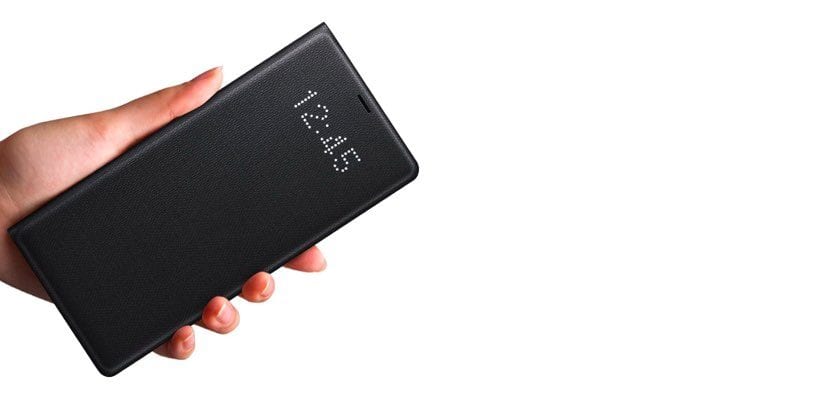
Failure more sounded than that of the Samsung Galaxy Note 8, few of us will see. The one that was aiming to be Samsung's flagship for quite some time turned out to be one of the darkest spots on the South Korean company's record. The device was manufactured with a reduction in time that did not allow dedicating as expected to check the reliability of the device, as well as the support of a lithium battery system of dubious quality. The combination turned out to be extraordinarily explosiveSo much so that within a few weeks Samsung was completely withdrawing the devices from the market.
This is how despite trying to deny the largest, Samsung promoted the system of withdrawal of devices from the largest market to the record. The fiery slip cost Samsung time, money and a lot of honor. An honor that they wanted to restore a few weeks ago with the launch of the Galaxy Note 8, a device designed to return the Note saga to the place where it should never have left. It is not the first time that Samsung has rushed in and ended up launching unfinished products, but never that they were set on fire that way and covered all the technological covers.
Wearables with Android Wear

Alphabet (Google) thought that entering the world of wearables would be as easy as that of mobile technology. Being notably more delicate and specialized devices than mobile telephony, everything became extremely complicated. That's how Android Wear has been trying to take off for several years as it receives more and more accolades from manufacturers. Google's operating system is not quite reliable and attractive enough to make users choose to invest hundreds of euros in smart watches, this is how the data ends up showing that the best sellers are precisely those who shy away from their system operational.
We met with FitBit, Samsung and Apple Watch, which have their own operating systems, and which are positioned as the three most important brands when it comes to wearables, with the permission of Xiaomi and its Mi Band. In this way, Android Wear has dragged with it a whole cast of wearables, mainly smart watches such as Motorola and Huawei, whose sales are merely testimonial compared to the competition. Definitely, Android Wear has turned much of the smartwatch market into a graveyard.
Sony Mobile Xperia range
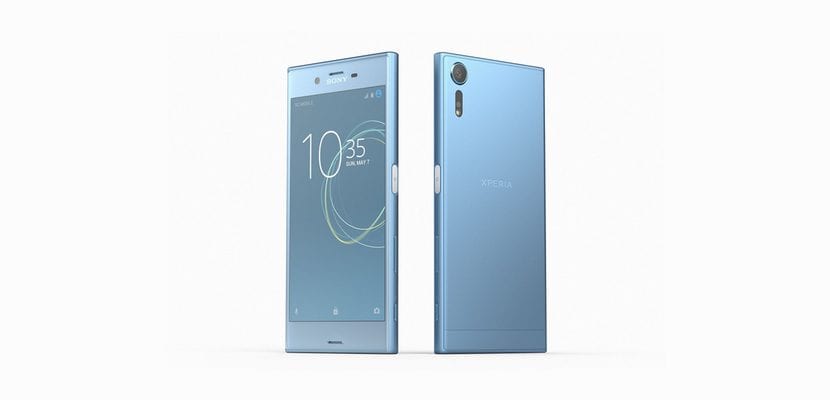
When you see any of the latest Sony releases, including those featured at IFA, you wonder if you are really in front of a phone designed and manufactured in 2012. At the peak of FullVision screens, reduced frames and ultralight terminals, we find that the Japanese company presents designs that have little or absolutely nothing to do with the current market, we have many examples that we can understand in the mid-range, the The problem comes when the company's flagship is still there.
Aggressive design, almost non-existent curves and frames from another era. This is how the latest devices in the Xperia range are presented. Meanwhile, the hardware that comes with the device is up to par, way up. Something that makes us think about the matter, they either fired the designer a long time ago and have not been able to replace him, or they simply do not live in the same world as us. Meanwhile, Sony's mobile division continues in free fall and seeing a high-end Sony Xperia on the street is extremely difficult, a shame Sony, a real shame.
Facial recognition on mobile phones
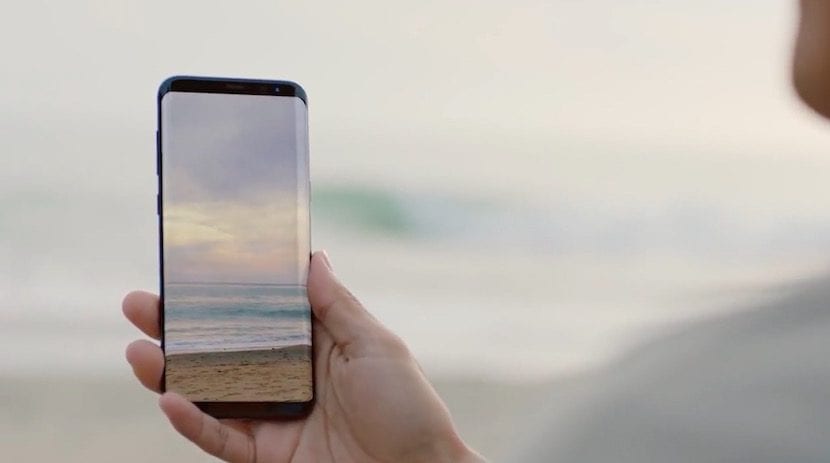
Samsung presented it with the Galaxy S8 as a real novelty, however, facial recognition is a feature that Android has natively. This is how it has become the main method of unlocking devices like the LG Q6 that we have analyzed here. So… what's wrong with Android's facial recognition? Well specifically many things, facial recognition has proven slow, ineffective, and above all unsafe. There are many tests in which the phone has been unlocked with simple photos or screenshots.
For this reason, and despite the fact that Apple could leave us with our mouths wide open on September 12 when it presents its facial recognition based on laser sensors, we risk predicting that facial recognition to unlock the phone is a failure. And with the latter we finish our list of recent technological misfortunes, take advantage of the comment box to leave us opinions about which are the most notorious technological failures, surely we have missed some and we are in time to include it. Now we have to ask ourselves ... What will be the new and most notorious technological failure? We will tell it in Actualidad Gadget.